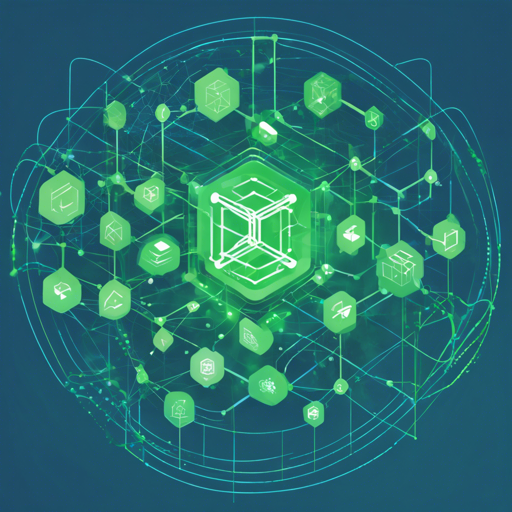Welcome to the world of distributed ledger technology! In this blog, we will explore how to get started with Hyperledger Fabric, a leading platform designed for creating enterprise-grade blockchain solutions. Whether you’re a developer, business owner, or a curious learner, this guide will help you navigate through the setup and deployment of Hyperledger Fabric.
What is Hyperledger Fabric?
Hyperledger Fabric is a modular blockchain framework that allows organizations to build their own custom blockchain networks with features and functionalities that are tailored to their specific needs. Its architecture is designed to provide high levels of confidentiality, resiliency, flexibility, and scalability. Imagine it as a toolkit that provides various components you can plug in to create your own unique blockchain ecosystem.
Setting Up Hyperledger Fabric
Before diving into the installation process, let’s breakdown the key components needed to assemble your Hyperledger Fabric environment:
- Docker: Essential for creating containerized applications.
- Go: The primary programming language used for writing smart contracts (chaincode).
- Node.js: Useful for developing applications that interact with Hyperledger Fabric.
- Hyperledger Fabric binaries and samples: These include examples and the core implementation you will interact with.
Installation Steps
- First, install Docker and Docker Compose according to the official documentation.
- Next, download the Hyperledger Fabric binaries and samples from the official GitHub repository.
- Once you have the necessary files, navigate to the sample folder and follow the README instructions provided therein.
- Run the provided scripts to start the network and deploy your chaincode.
Understanding the Architecture
To better understand how Hyperledger Fabric works, let’s use an analogy. Think of Hyperledger Fabric like a shopping mall. Just like a shopping mall has various shops (smart contracts), entrances (endorsement processes), and escalators (ordering transactions), Hyperledger Fabric operates similarly:
- The mall itself is a blockchain network where all transactions occur.
- Shops represent different stakeholders or organizations that want to create or validate transactions.
- Entrances are the ways through which transactions are proposed, verified, and committed to the blockchain.
- Escalators are the processes that move transactions through the various stages until they reach their final destination.
This modular approach allows for greater flexibility and scalability according to the needs of the organizations involved.
Troubleshooting Common Issues
As you venture into the world of Hyperledger Fabric, you may encounter some common issues. Here are some troubleshooting tips:
- If you face issues with Docker, ensure Docker is running correctly with the command
docker psto check running containers. - Check that you have the correct version of Go and Node.js installed by using
go versionandnode -v. - If your blockchain network doesn’t start, revisit the configuration files to ensure all parameters are set properly.
- Consult the official documentation for detailed setup guides and FAQs.
- For persistent issues, consider reaching out to the community via Hyperledger Discord.
For more insights, updates, or to collaborate on AI development projects, stay connected with fxis.ai.
Documentation and Resources
For more information and resources regarding Hyperledger Fabric, check out the following:
Conclusion
At fxis.ai, we believe that such advancements are crucial for the future of AI, as they enable more comprehensive and effective solutions. Our team is continually exploring new methodologies to push the envelope in artificial intelligence, ensuring that our clients benefit from the latest technological innovations.
Now that you have the foundational understanding of Hyperledger Fabric, you’re ready to embark on your journey into the world of blockchain technology. Happy coding!

